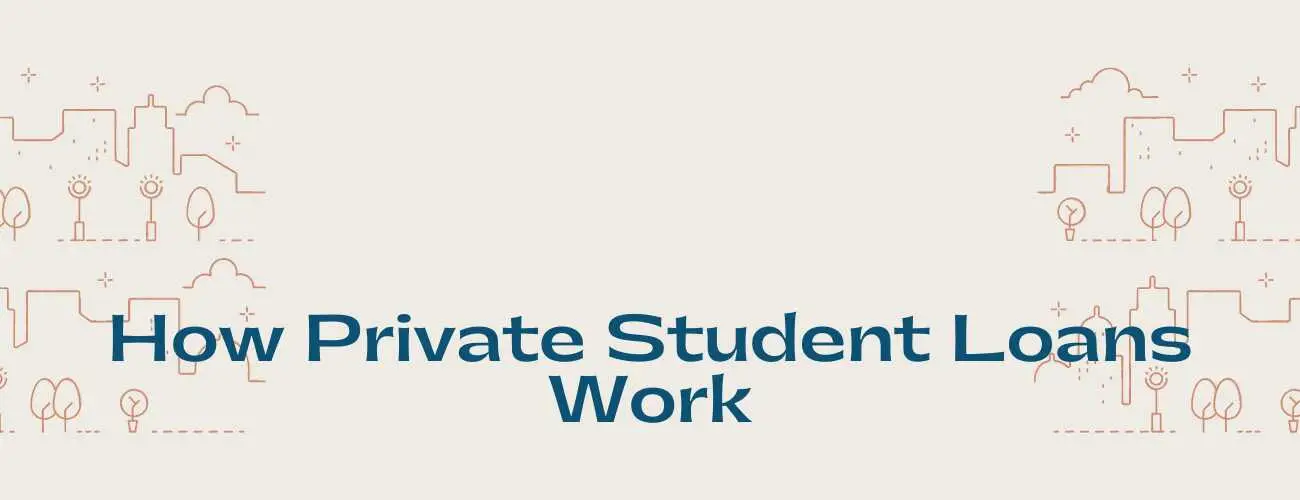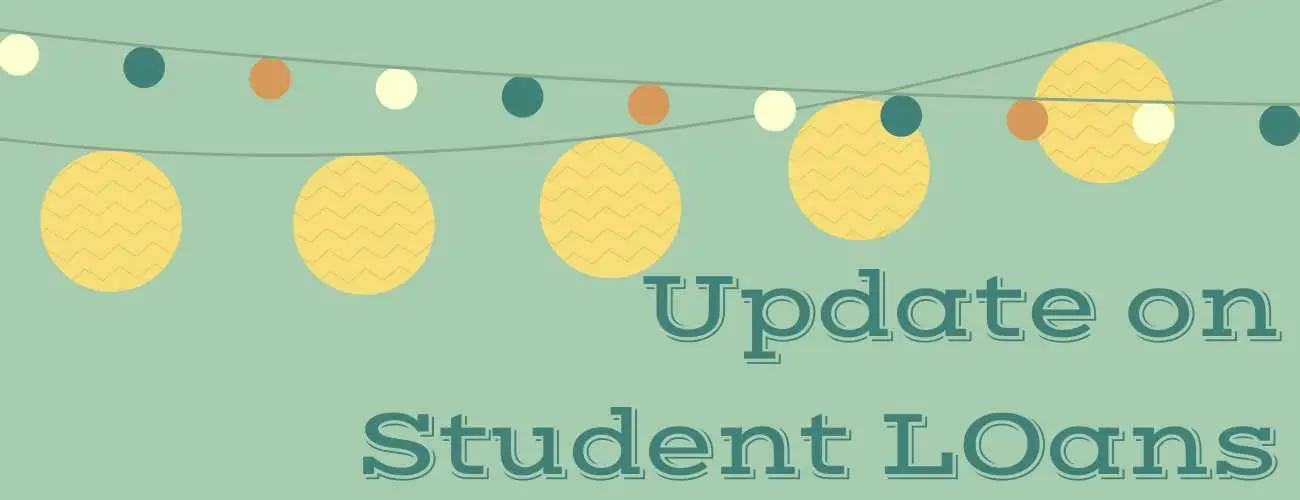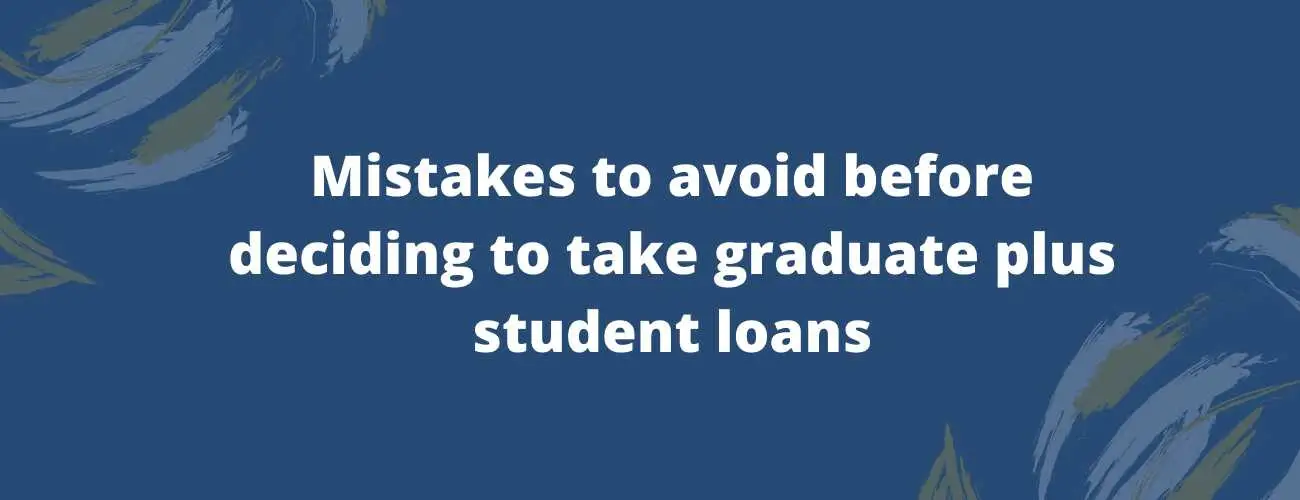Refinancing Medical School Loans - All You Need To Know
Learn more about the steps to refinance your medical school loans, refinancing during and after residency, and choose available lenders.
Updated by Taskeen Fatema on 12th October 2020
The need for doctors in all areas of the medical field is always fluctuating in society but there is never a time when you don’t need doctors. They are invaluable assets that need to be promoted healthily for the general well being of everyone involved. Earnest students with noble intentions take the path of attaining a medical degree with hard work and toiling their way through college and university.
They are funded by medical loans to make higher studies easier and less strenuous, but once they are out of college, it comes the time to make the payments for those loans. Here is when refinancing comes into the picture, easing the situation and making those frowns turn upside down.
Medical student loan refinance is worth it if you have a high income, a decent credit history with a good record of on-time debt payments. Even so, several other factors matter to fulfill the criteria of eligibility for refinancing.
In this article, we will go through all the factors that will aid you in deciding the appropriate lender to go for and the other important things
Table of contents
- 9 Best Medical School Student Loan Refinance Options
- Eligibility
- How to refinance medical school loans
- Refinancing during residency
- Refinancing after residency
- Alternative refinancing payment plans
9 Best medical school student loan refinance lenders
When you hear that a doctor is in debt, it sounds like a violation of nature we never imagine finance to ever be on the list of problems faced by a doctor. Nonetheless, the reality is that they too are a part of this pitfall.
And to help them, we have a list of some of the best lenders who refinance medical student loans.
| Lender | Most suited for | Interest Rates |
Min. credit score
|
| Sofi | Refinancing during residency and after residency |
Fixed - 3.46-7.94% Variable - 2.14 -9.94% |
Not revealed |
| Laurel Road | Refinancing during residency and after residency |
Fixed - 3.50 - 7.02% Variable - 2.43 - 6.65% |
660 |
| Common Bond | Refinancing after residency | Fixed - 3.46 -8.24% Variable - 2.14 - 8.01% |
660 |
| Earnest | Refinancing after residency | Fixed - 3.45 - 7.49% Variable - 2.14 - 6.79% |
650 |
|
Education Loan Finance
|
Refinancing after residency | Fixed - 3.29 - 6.69% Variable - 2.39 - 6.01% |
680 |
| Splash financial | Refinancing after residency | Fixed - 2.63% Variable - 1.89% |
650 |
| LendKey | Refinancing after residency | Fixed - 3.49 - 8.36% Variable - 2.06 - 8.93% |
660 |
|
Penfed Credit Union
|
Refinancing after residency | Fixed - 3.48 - 6.03% Variable - 2.67 - 7.41% |
670 |
| Citizens One | Refinancing after residency | Fixed - 3.45 - 9.49% Variable - 2.25 - 9.24% |
Not revealed |
Contact private student loan lenders or their customer service to know more.
Contact via phone
Sofi @ 1 (855) 456-7634
Laurel Road @ (855) 245-0989
Common Bond @ (800) 975-7812
Earnest @ 1 (888) 601-2801
ELFI @ 1-844-601-ELFI
Splash financial @ 1-800-349-3938
LendKey @ 888-549-9050
Penfed Credit Union @ 1 (800) 247-5626
Citizens One @ 1-877-265-3278
Eligibility for refinancing medical school loans
As we have seen above, the benefits of student loan refinancing are very appealing.
And even more so for doctors, with factors like their starting salary and income potential. Not only is refinancing the easiest way to lower your interest rate, but it also allows you to adjust your monthly payment and length of the term as well.
And if it is followed well, and done right, refinancing can amount to thousands in savings over time.
The unwritten rule for any kind of refinancing is that the better your financial background, the more likely you are to qualify for a lower rate.
Some common criteria that most lenders consider to be the necessary qualifications to refinance are:
-
In a good and favorable position with current loans
-
Strong monthly income
-
Demonstrated responsibility with other debts/good credit history
-
A credit score ranging from a minimum of 600 to 650 and above
Some other non-mainstream criteria to determine the financial whereabouts to the benefit of our borrowers also matter such as
-
Graduate from an accredited four-year university or graduate program
-
A Good employment history
-
Currently employed or have at hand a steady job offer
Refinance medical school loans
Refinancing medical school loans is the option to ease your repayment journey. Especially if you’re an attending physician who is not going to use the benefits of a federal student loan and your credit background is not strong enough to qualify for a lower interest rate.
Apart from options like loan forgiveness or changing your repayment plan to income-driven, refinancing is one of the obvious choices many medical students opt for, with the increasing awareness these days.
One can refinance their medical student loans in two situations, either before residency or after a medical residency loan, that is, after becoming an attending physician.
1) Refinancing your student loans- Is an excellent way to manage your student loan debt. But it is important to evaluate your financial situation before going ahead with it. The following pointers will help you decide appropriately.
2) The interest rate will be lowered- When student loans are refinanced, the first basic benefit is that of getting a lower interest rate. This primarily helps in saving all that extra money that you would have ended up paying every month in the form of repayment. This saved money on interest can be directed towards the principal amount.
3) Making lower monthly payments- An extended repayment plan can be chosen by the borrower wherein the monthly payments to be made will be lower than the current monthly payments. In addition to these future lower payments, the extra money can be added which will be utilized as a contribution to the principal amount. Thus you have reduced the monthly payments to be made, and you also have the option to pay extra to get rid of the debt faster.
4) Attainable necessary qualifications- You generally need a credit score that's at least in the high 600s to qualify for student loan refinancing. The higher your score, the lower the rate you'll likely get. Some private student loan lenders have pre-qualification processes that allow you to see a personalized rate before you apply officially. They'll do a soft credit pull, which won't hurt your credit score, to determine your rate.
5) Conclude that refinancing is the best option for you- Before you finally decide to resort to refinancing your federal student loans, make sure that you are comfortable with giving up federal loan benefits as well as other modes of easing repayments such as access to Public Service Loan Forgiveness and income-driven repayment plans. And if you have a combination of federal and private student loans and wish to maintain access to those programs, you can refinance just the private loans.
6) Explore around and then apply- Not all student loan refinance lenders are alike when it comes to the terms offered. When you compare lenders to determine where to refinance, some questions to consider are whether the interest rate offered is competitive, how much you will be saving, on the whole, the flexibility offered in terms of refinancing federal as well as private student loans, if the lender offers fixed and variable rate loans if a choice is offered between shorter-term and lower monthly payments, and various other benefits like forbearance, career guidance needs, and so on.
It is also important to consider the procedure if it is solely online or can be done otherwise. Last but not least, the accessibility of the customer service as you will be their client for a certain amount of time in the foreseeable future.
In a nutshell, if you are looking to reduce your interest rate and get repayment terms that work best for you then refinancing is the right way to go about it.
Refinance your medical school loans
By giving a brief of the basic steps to be taken for refinancing medical student loans, medical professionals will be guided in navigating the refinance landscape.
1) Compare the offers available to you – As mentioned above, you must explore the options available in the market by comparing several lenders based on certain factors.
A ‘soft pull’ can be conducted by the lender which is nothing but checking what the borrower can prequalify for without actually requesting and evaluating his/her credit score. By doing this you have an idea of what to expect if you refinance with that particular lender.
2) Choose the best-suited plan - Once the decision regarding the suitable lender has been made, brief over the various plans and decide what would be most practical to your financial situation.
Even though it is natural that the lender offering the lowest interest rate might entice you the most, remember to consider other factors properly as well.
3) Be clear about what you are stepping into, and what you are losing out on - It is important to grasp that you will be losing out on benefits which might be useful later in the future; such as income-driven repayment plans, forgiveness options, forbearance, and deferment.
If you have your own private practice or in a firm where you can reasonably question career safety then it wouldn’t be advised to let go of these options.
Refinancing medical school loans during residency
Refinancing during your residency period can save you quite a bit of money as your earning capacity is less at the moment as compared to a resident, but in this situation, your balance may end up increasing by the time your residency ends.
There are a few lenders who have student loan refinancing programs specifically designed for medical residents. These programs allow residents to pay an amount as less as $100 per month and are permitted to begin making full payments once they are done with their residency.
This strategy can ease your financial burden when you’re making less money as a resident.
While this looks all colorful, it is also necessary to know the complete reality of it and only if you are ready to take over the entire deal along with that, you must go for it. You must know that interest will most likely accrue faster than you can pay it, so, at the end of your residency period, you may end up with a balance that is bigger than what you started with.
You must make sure that the low payments are worth it before going down the route, or else, you can make larger-than-minimum payments to keep the interest at bay.
Sometimes, a strategy involving the use of a federal income-driven repayment plan(such as PAYE or REPAYE) during residency is preferred; and refinancing after training has been completed. Here, you will most likely qualify for an even lower rate after completion of the fellowship.
Worried about your college tuition? Learn more about best student loans
Refinancing medical school loans after residency
The second method/strategy is to refinance after residency.
It is especially good for those doctors who were not able to qualify for a lower interest rate as a resident but need lower monthly payments. In such a case, the borrower much work on building a good credit background during residency to get the lowest possible interest rate applicable.
It is but obvious that you will have more options for refinancing medical school loans once you have a higher income as an attending physician.
However, it is important to understand that when federal student loans are refinanced through a private lender, some of the features and benefits that come with those loans are lost. As a borrower from medical school, there are a few federal loan features that may benefit you during residency but will tend to become less relevant when you’re out of residency eventually when your income increases.
Keeping this reason in mind, you may prefer to wait until after residency to consider refinancing federal loans.
Other student loan refinancing payment plans
Among the many plans laid out for you to consider to refinance such as pay-as-you-earn (PAYE) and revised-pay-as-you-earn (REPAYE) programs, there are other income-driven repayments (IDR) plans which include income-based (IBR) and income-contingent (ICR).
Under the Income contingent program, the payments vary based on income, family size, loan balance, and interest rate.
Whereas under income-based repayment, payments factually show income and family size. The payment here is limited to 10-15% of your discretionary income.
Apart from the above plans, there are also standard and graduated repayment plans.
Under the standard plan, within a time period of 10 years, all the monthly payments are fixed to pay off the entire principal amount of the loan coupled with the entire interest.
Under the graduation plan, repayment increases every two years until interest and principal amount is paid in 10 years.
Even though this seems like a jolly good choice, the reason why it is not always preferred is that it takes all the power and leverage away from the borrower.
Military & other federal programs for medical school loan repayment
For all the military doctors playing a role in the well being of the country in the army, navy, or air force front, there are certain refinancing options available specifically for you too. The country doesn’t miss out on its special patriots.
-
Army, Navy, and Air Force programs offer working doctors and residents an amount of around $2,200-a-month stipend for a period of four years, to $45,000 annually to repay medical school loans up to a maximum amount of $275,000 in financial assistance.
-
To put it in numbers, the Army has three such programs, the Navy has three and the Air Force has one program.
-
Apart from refinancing, there is also a variety of generous enough programs for medical residents and doctors to benefit from. To know more, read our article on repayment options for health professionals. (need to link here)
-
Refinancing is the best way to lower your medical student loan interest rates and is often also the best way to save on your overall student loan payments if you are already comfortably repaying your loans. As we know by now, it involves applying to a private lender who will use criteria such as your credit score and income to offer you a new rate on your loan.
The current top 3 fields in medicine are Orthopedics, Cardiology, and Psychiatry(in terms of earing as well); and even they are not entirely free from debt. It is a stereotype to consider that doctors don’t carry the burden of student debt with them as they enter the career that took them so much effort to pave. One would wonder how much money can refinancing student loans actually save?
Well, it would depend on a variety of factors like the amount of debt refinanced, the loan term, and the difference between your old and new student loan interest rates. Commonly, even borrowers with high loan balance with small interest rate reduction can have significant savings.
There’s often a lingering perception that federal student loans offer better and lower interest rates out there, but when it comes to borrowing for medical school, that isn’t always the case. Most medical school borrowers utilize a combination of Federal Direct Unsubsidized Loans and Direct PLUS Loans to pay for degree programs (PLUS loan borrowers pay a hefty origination fee as well).
In fact, by looking at this, refinancing with a private lender may give you a better interest rate.
Explore more about best student loan refinance lenders
The bottom line here is that it’s a healthy habit to glance at your loan terms time and again as the interest rate given to you when you took out the loan will not necessarily be the same rate you are bound to be stuck with for life. And now, at this stage when you have gathered all the necessary information, you have all the authority to make a more confident decision about refinancing your medical student loans.
The sooner you get started, the sooner you’ll save.
When the debt burden feels heavy, remember the main point: there’s a lot of help out there in a society looking for its heroes!



93.jpg)


28.jpg)
